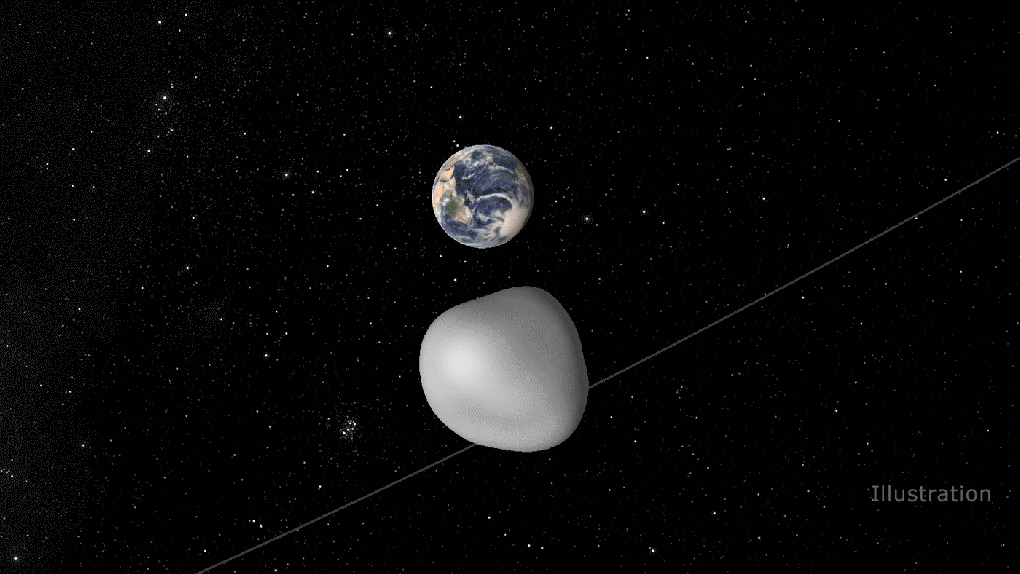Asteroid TC4 is a name you’re going to hear a lot of in the coming weeks, and its remarkably close flyby of Earth will be a historic event in more ways than one. Like many other groups, including NASA, the European Space Agency has been paying particularly close attention to TC4 as it approaches its October flyby date, and thanks to Chile’s (very well-named) Very Large Telescope, the group now knows a bit more about exactly how close it’s going to be when it waves hello to our little planet.
“It’s damn close,” Rolf Densing of the European Space Operations Centre in Germany reportedly said of TC4. “The farthest satellites are 36,000 kilometres out, so this is indeed a close miss.” Densing also added that the current forecast of the asteroid missing Earth is “pretty safe.”
That might not fill you with confidence, but the trajectory of the space rock has already been pretty well nailed down. TC4 is expected to come within roughly 28,000 miles of Earth, which is actually several thousand miles closer than was initially thought. For comparison, the distance that geostationary satellites orbit at is roughly 22,000 miles, so TC4 is going to be incredibly close to our planet when it makes its pass.
Thanks to its almost-catastrophic path, TC4 will serve as a test of NASA’s emergency detection network, with observatories all over the world working in concert to locate and map the rock’s path as it passes our planet. The exercise will be little more than a test, but it will serve as an important indicator of how rapidly scientists would be able to react in the event of a true asteroid apocalypse.








